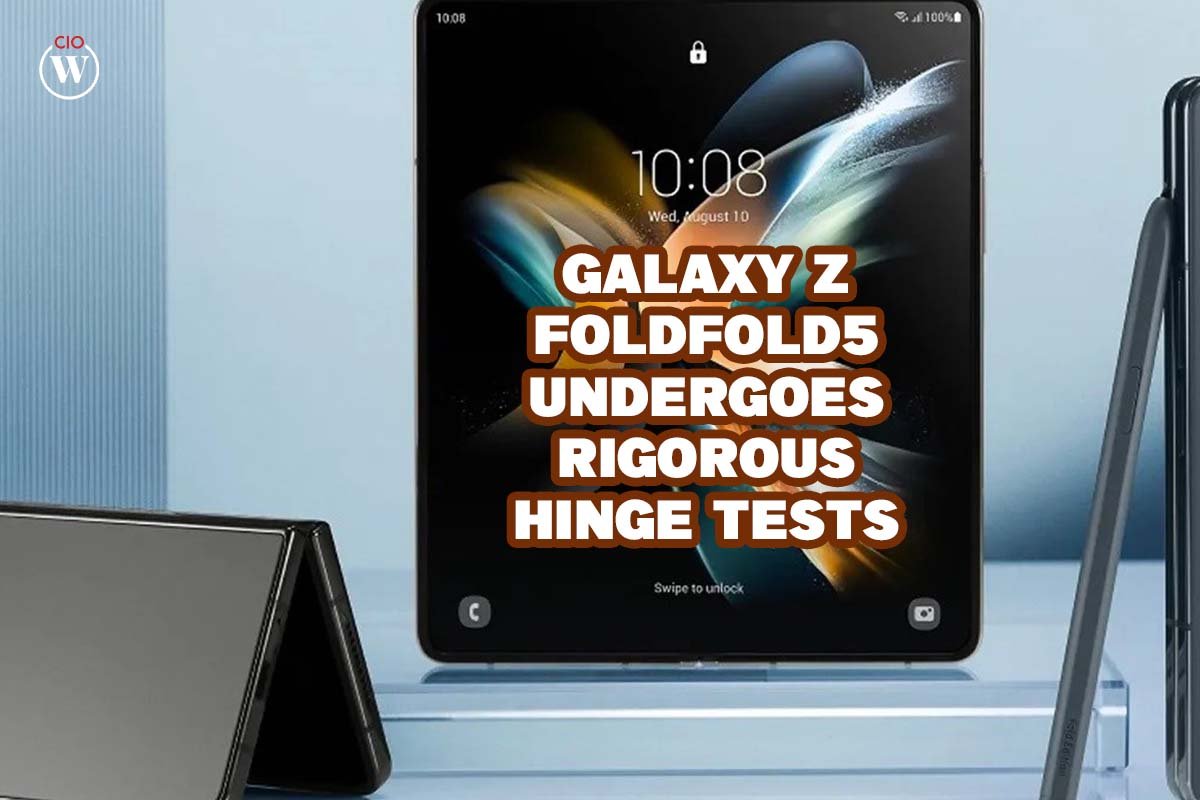Google has introduced a major update to its search engine with the rollout of Google AI Mode, a feature that embeds chatbot capabilities directly into the search experience. Launched in the U.S. on Tuesday, Google AI Mode appears as an option within the standard Google search bar, allowing users to interact with the search engine more conversationally, similar to engaging with a human expert.
The announcement was made during Google’s annual developers conference in Mountain View, California, signaling a strategic move to keep pace with rapidly advancing rivals like OpenAI’s ChatGPT. Sundar Pichai, CEO of Google-parent Alphabet, described the new direction as a “new phase of the AI platform shift,” emphasizing that users can now submit longer and more complex queries to receive sophisticated responses through the company’s Gemini chatbot.
This update is part of a broader AI expansion across Google’s product suite. The company also announced plans for a new AI subscription service and re-entry into the augmented reality space with smart glasses. The renewed focus on intelligent search tools underscores Google’s effort to retain dominance in an online ecosystem increasingly shaped by generative AI technologies.
New AI-Powered Glasses Revive Google’s Smart Eyewear Ambitions
More than a decade after the failed launch of Google Glass, the company is making another foray into smart eyewear. This time, Google is partnering with fashion-focused eyewear brands Warby Parker and Gentle Monster to design a new generation of AI-enabled glasses. The device will feature a built-in camera, microphone, and speakers, promising real-time assistance and information delivery.
This move places Google in direct competition with Meta’s AI-integrated Ray-Ban glasses. While details remain limited, Google confirmed that production is expected to begin later in 2025. The announcement reflects the tech giant’s growing investment in wearable AI and the belief that smart glasses could become a significant tool for everyday communication and search.
Leo Gebbie, principal analyst at CCS Insight, said the tighter integration of AI into Google’s services had been widely anticipated. He noted that the new chatbot function in search could reduce the need for users to scroll through numerous web pages, thereby streamlining the search process. However, this innovation may come with trade-offs: “It means more efficient answers for users but potentially fewer clicks for advertisers,” he said.
AI Integration Boosts Usage But Raises Monetization Concerns
While Google’s AI Overviews feature initially attracted ridicule, thanks to bizarre responses such as recommending glue to stick cheese to pizza or suggesting humans eat rocks—the company insists these were outliers and not representative of the broader capabilities of Google AI Mode. Sundar Pichai said AI Overviews now serve 1.5 billion queries monthly across over 200 regions. In key markets like the U.S. and India, the tool contributes more than 10% of growth in query types that prompt AI-generated summaries.
Despite these successes, there are signs of strain. As search becomes more efficient at delivering direct answers through AI, it may simultaneously reduce the number of ad-driven clicks, which remain Google’s primary revenue source. Cory Johnson, chief market strategist at Epistrophy Capital Research, warned, “Google is getting better at answering questions, but worse at generating clicks, and that’s where the money is.”
These changes come amid legal scrutiny in the U.S., where Google is engaged in a court battle over its dominance in online search, while also pushing forward innovations like Google AI Mode. As the company pushes ahead with AI innovations, it must balance delivering smarter tools with preserving its ad-based revenue model, a challenge that could reshape the future of digital search.









